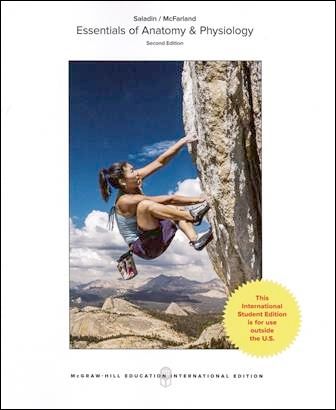書籍分類

Essentials of Anatomy and Physiology 2/e
作者:Kenneth Saladin, Robin McFarland
原價:NT$ 1,400
ISBN:9781259254826
版次:2
年份:2018
出版商:McGraw-Hill
頁數/規格:784頁/平裝彩色
版次:2
年份:2018
出版商:McGraw-Hill
頁數/規格:784頁/平裝彩色
內容介紹 本書特色 目錄 作者介紹
- Description
Essentials of Anatomy & Physiology is a text that blends up-to-date science, stimulating writing, high-quality art, and cutting-edge educational technology to provide the most effective teaching and learning program available in the one-semester anatomy and physiology courses.
The distinctive pedagogy of the text revolves around the theme of “Elevate Learning”. From “Base Camp” to “Assess Your Learning Outcomes”, the student experiences a clear sense of the path ahead, a convenient means of charting progress, and a satisfying sense of accomplishment at the end.
分類位置:
理工 > 生命科學 > 生理學


